This is the 32nd in a series of posts on the Hasselblad X2D 100C camera and the XCD lenses. You will be able to find all the posts in this series by looking at the righthand column on this page and finding the Category “X2D”.
Lloyd Chambers has reported focus shift in the Hasselblad XCD 38mm f/2.5 lens on a X2D 100C. I thought I’d take a look.
Focus shift is cause mostly by overcorrected or undercorrected spherical aberration, and shows up as a shift in the distance of the focal plane as the lens is stopped down.
I set up a 0.4 meter checkerboard slanted ramp, put the camera 2 meters way on a Foba camera stand, and made exposures at ISO 64 at f/2.5, 2.8, 4, 5.6, 8, and 11 with shutter speeds that gave the same exposure for all of the images. I developed the images in Lightroom with the default settings except for white balance and crop.
Normally I do numerical analysis of images like these in Matlab, but if possible, I like to do experiments that are easy for most people to replicate, so I exported the images to Photoshop, and applied “Find Edges” with the default parameters.
Here’s what I got:
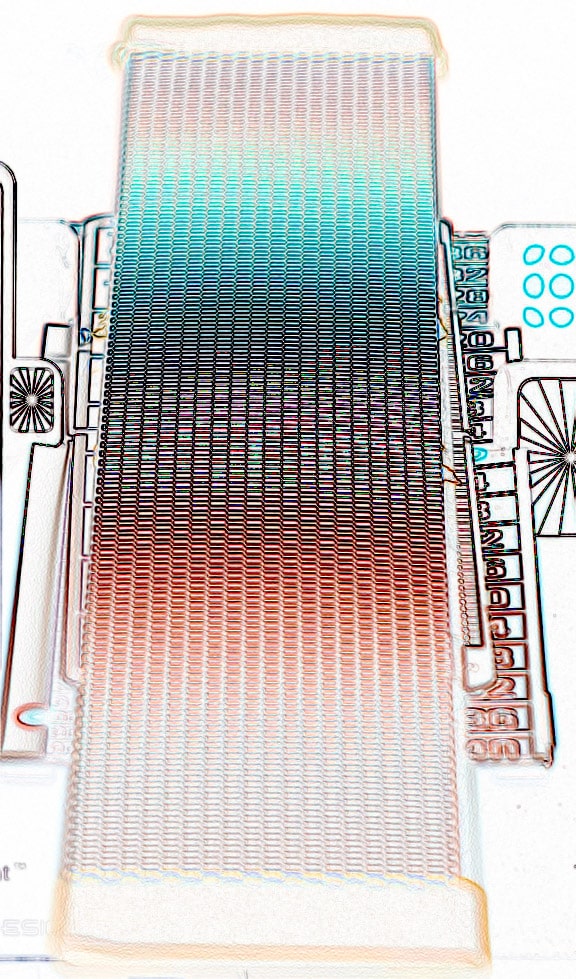
The colors are due to longitudinal chromatic aberration (LoCA). The sharpest part of the image lines up with the focusing star on the right side of the crop.
Stopping down to f/2.8:
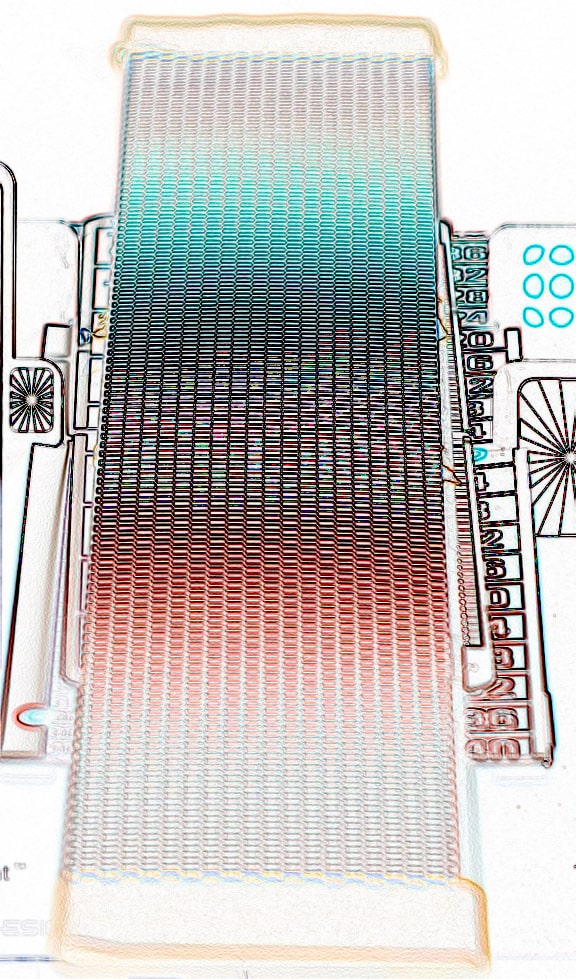
I think that the moiré is caused by the interaction of lens aberrations and defocus.
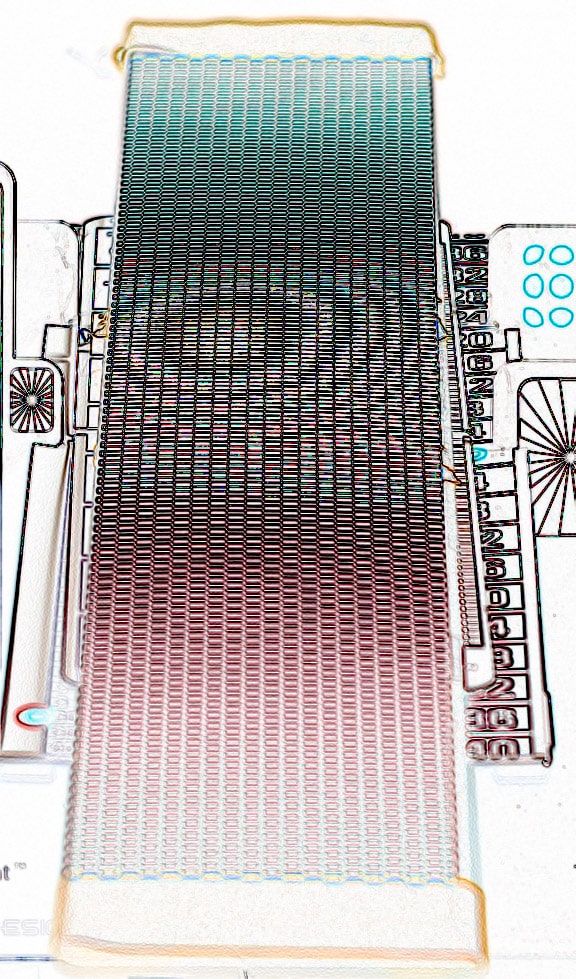
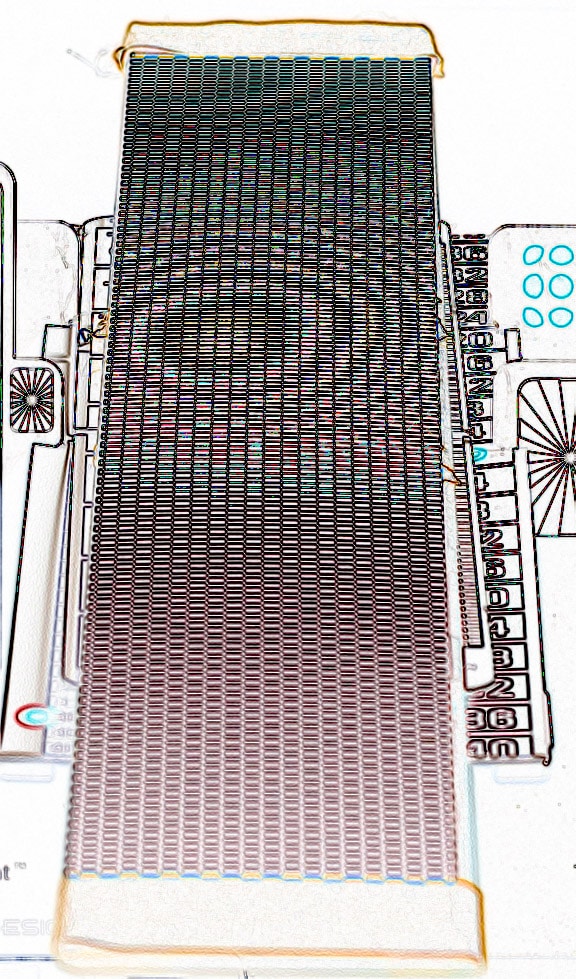
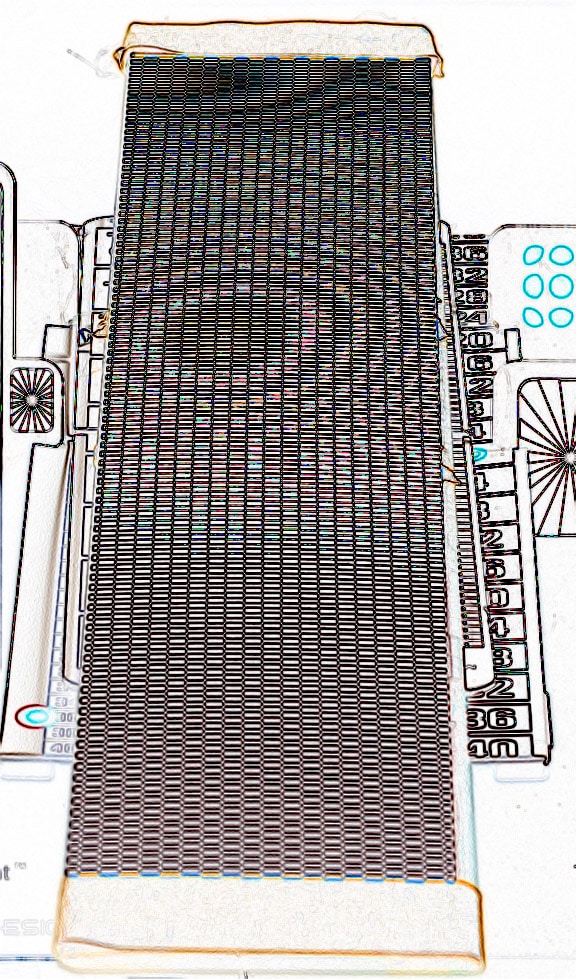
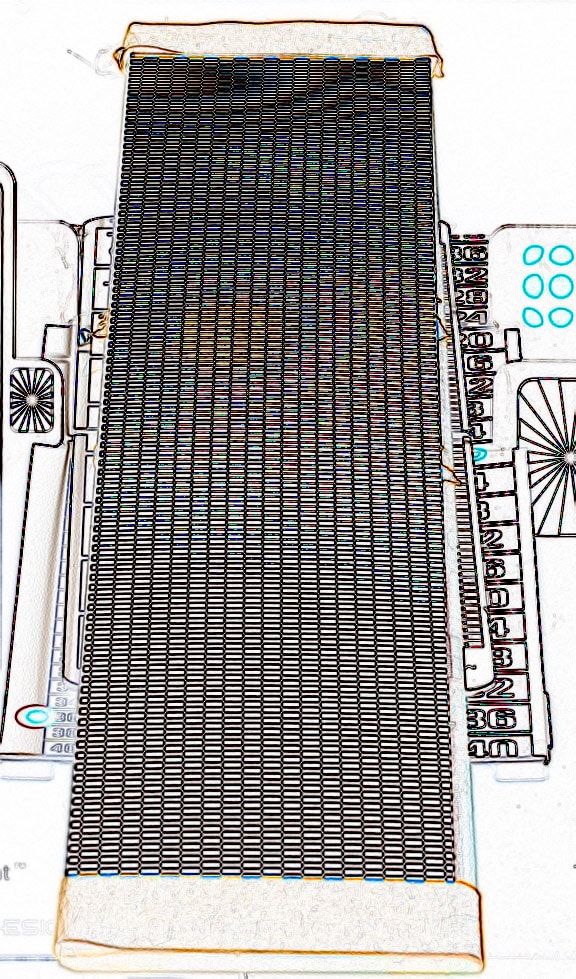
That’s not all that easy to interpret, so here’s a set of images that were sharpened in Lightroom before being exported to Photoshop.
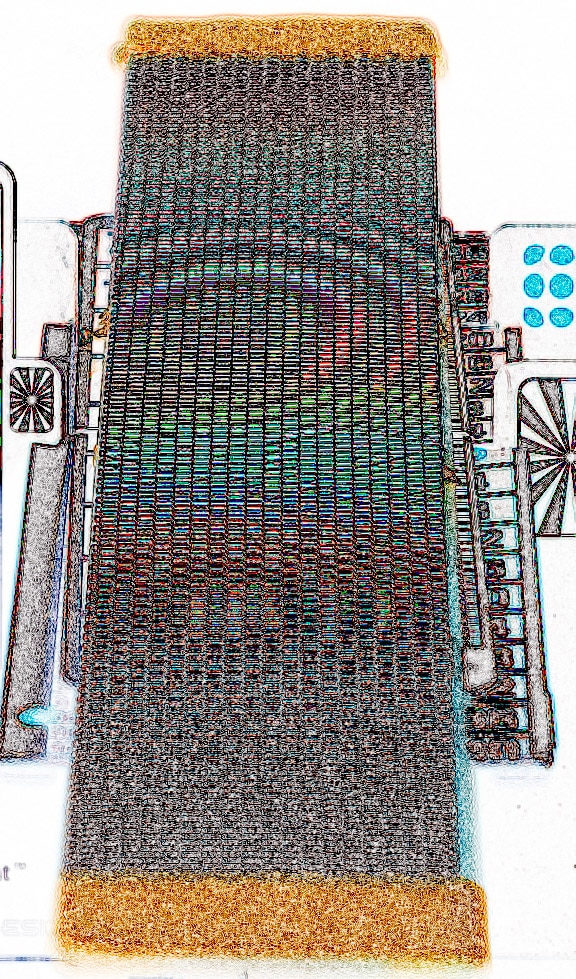
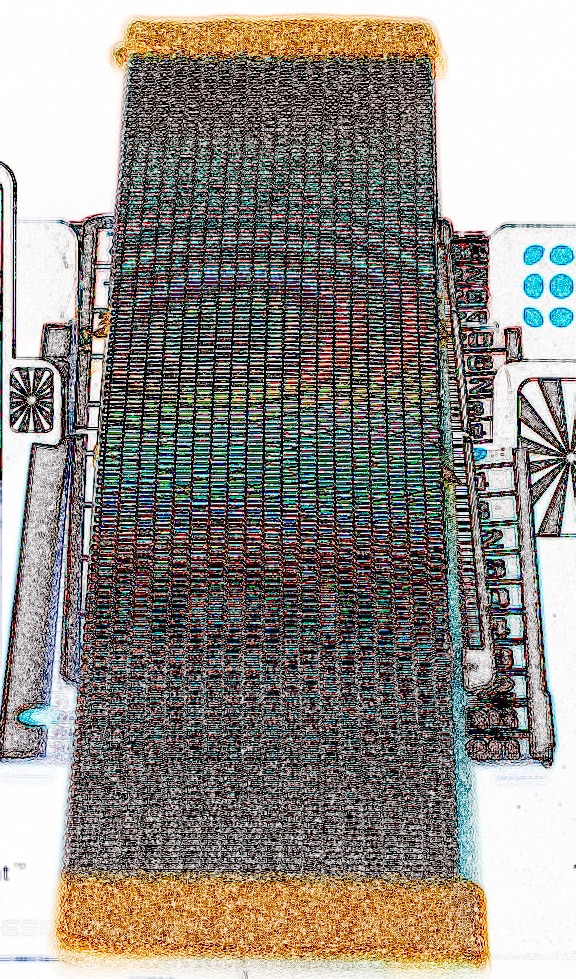
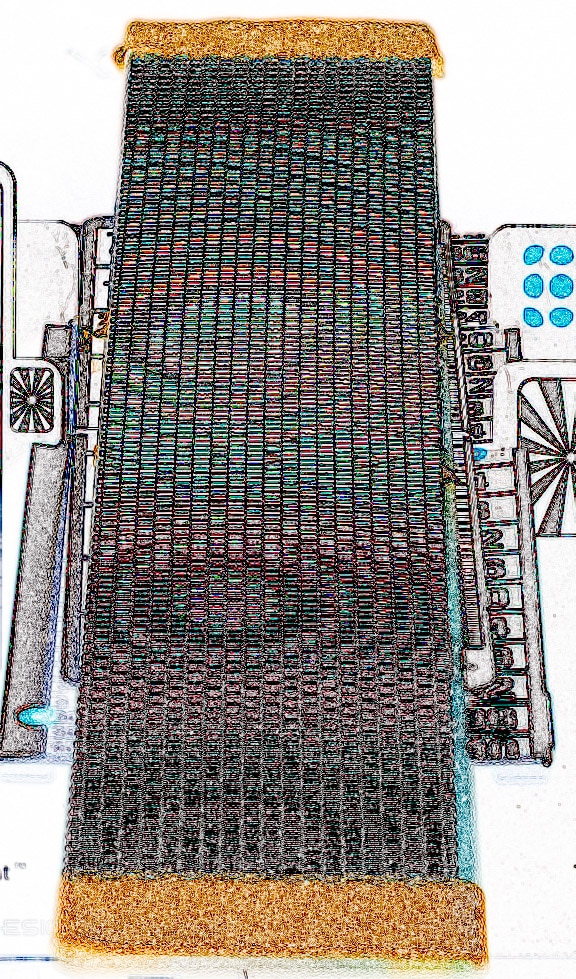
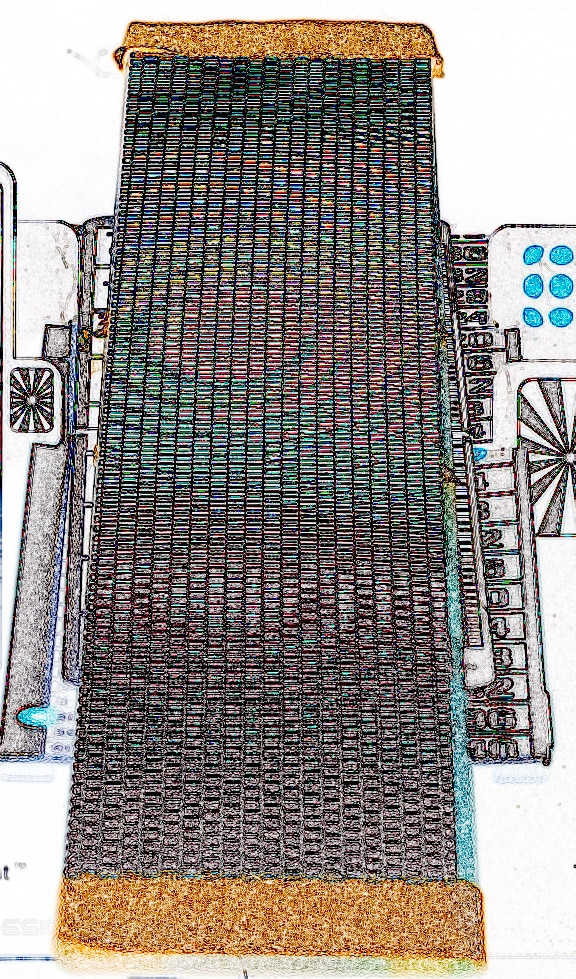
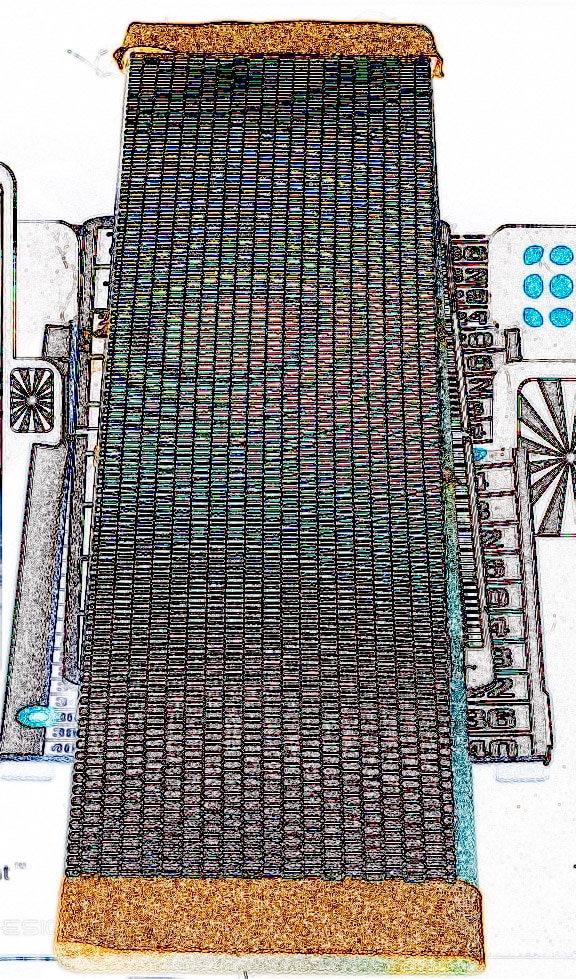
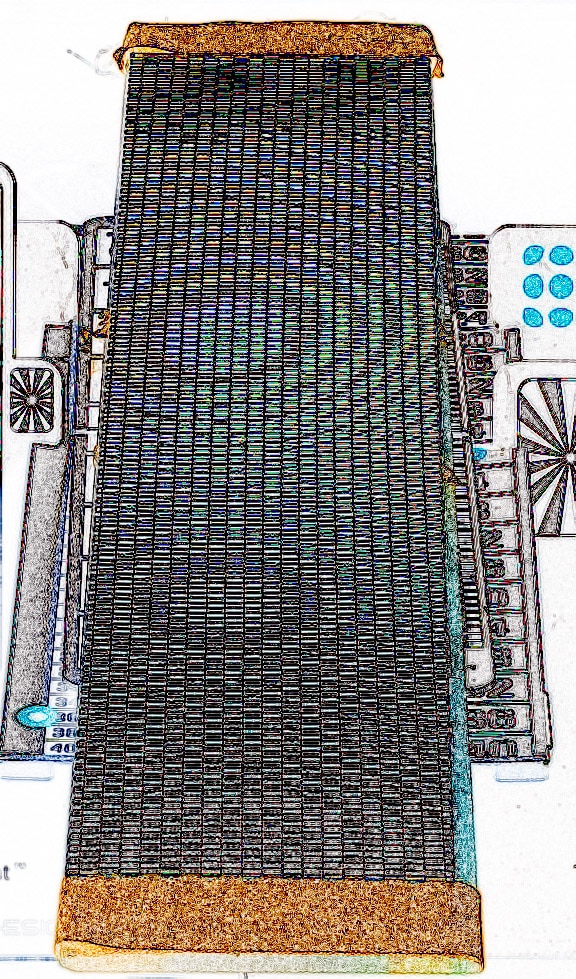
I don’t see much focus shift at all. Lloyd performed his tests at much greater distances, so maybe the lens behaves differently there. Or maybe it’s copy variation.
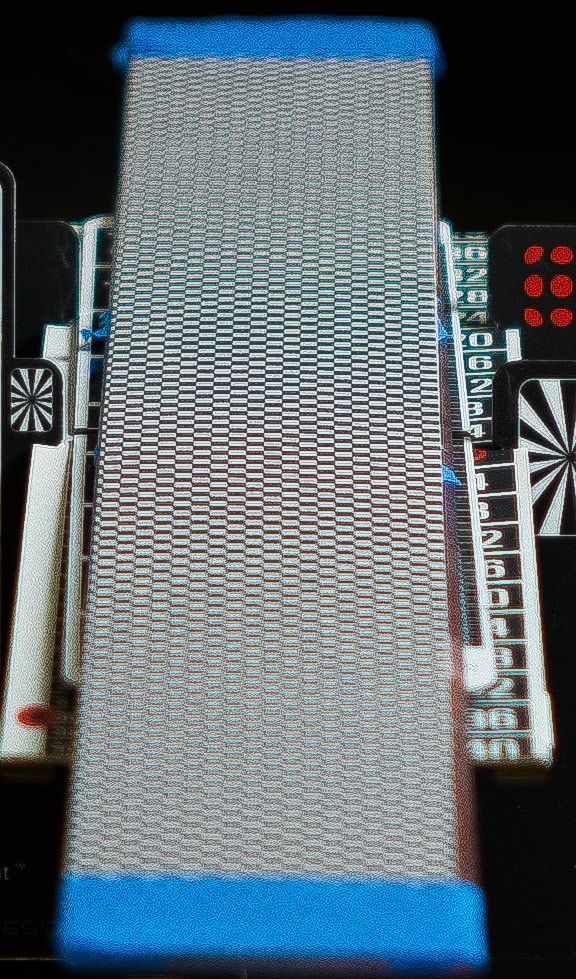
Leave a Reply